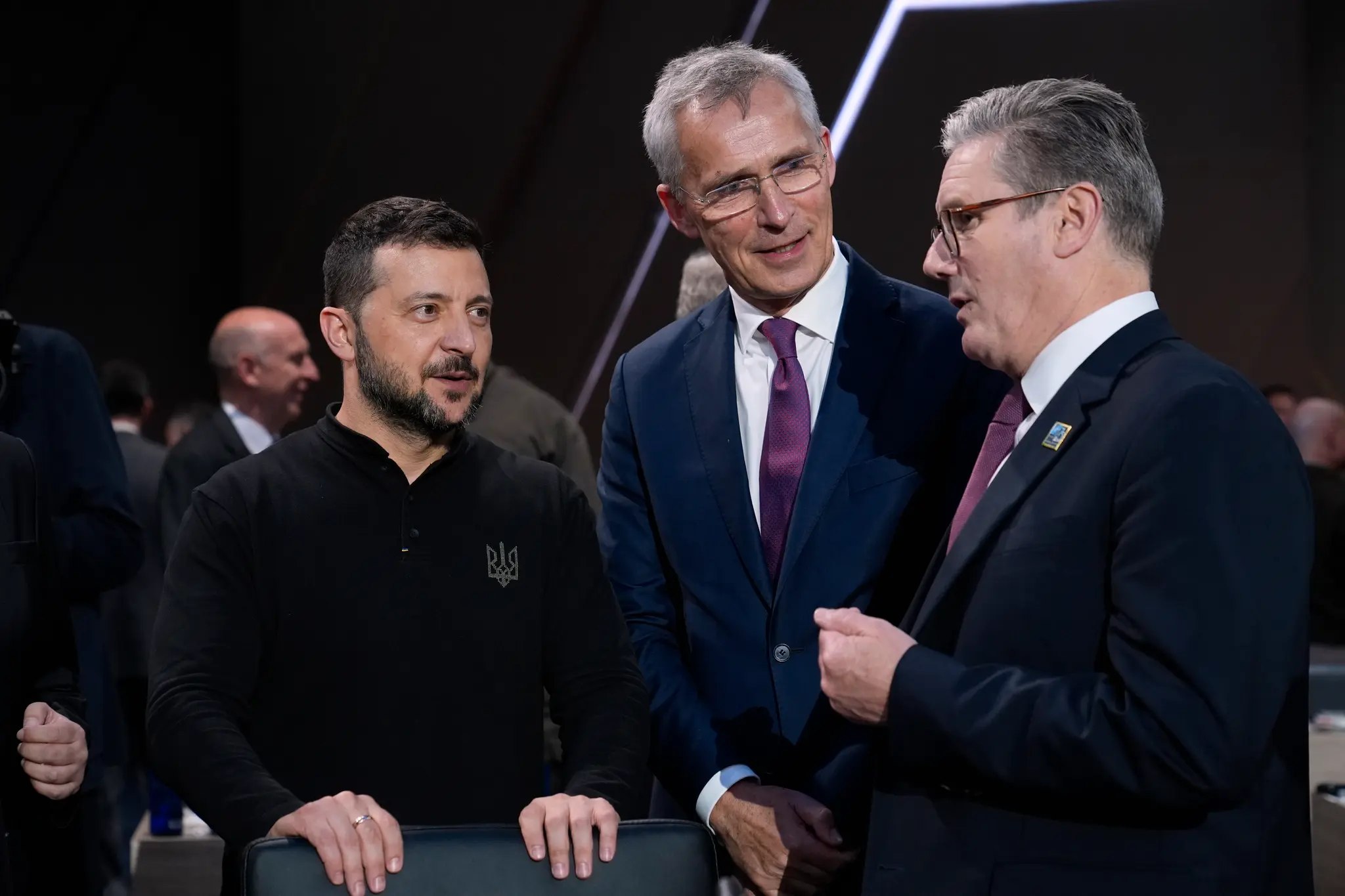Diplomatic negotiations do not mean capitulation, argue the authors. The current portrayal of the Ukraine war by NATO emphasizes moral superiority while ignoring critical realities. Russian military strategy has shifted to a war of attrition, grinding down Ukrainian forces on relatively static frontlines. This does not indicate a stagnating Russian army, but rather requires evaluating other key factors—soldiers, firepower, and money. Should Ukraine face severe shortages in these areas, the risk of a collapse is imminent.
Russian and Ukrainian Losses
Russia recruits at least 30,000 soldiers monthly from a population three to four times larger than Ukraine’s. These recruits receive high salaries by Russian standards. Russia currently has a standing army of 700,000 men, with plans for further expansion, while Ukraine struggles with mobilization.
Artillery is a decisive factor. Russia fires five times as many shells as Ukraine. U.S. sources claim Russia has lost 350,000 soldiers, yet independent monitoring by BBC and Mediazona reports 59,725 Russian casualties as of June 2024. Ukrainian losses, however, may be greater, as artillery causes around 80% of wartime fatalities, and Russia’s firepower far surpasses Ukraine’s.
Western Production Shortfalls
The most critical weapon in this war is the 155mm artillery shell. Ukraine needs at least two million shells annually to maintain its frontline defenses. According to a recent Reuters investigation, Western production cannot meet this demand. European artillery production is only 500,000 shells per year, a third of the promised amount. U.S. production may reach 720,000 shells by 2025, while Russia’s production is projected to exceed four million annually, supplemented by North Korean supplies.
Air defense systems are also vital. Recently, NATO pledged five Patriot missile systems to Ukraine, but President Volodymyr Zelenskyj claims 25 are needed for full protection. Patriots take at least two years to manufacture, and NATO members are reluctant to part with their current systems.
The Question of Sustainability
Ukraine’s financial situation is precarious despite ambitious support plans. While the U.S. has pledged $61 billion and the EU $50 billion over four years, most of these funds do not go directly to the Ukrainian state. According to the Kyiv School of Economics, Ukraine faces massive budget problems, and funding could run out by 2025, especially if Donald Trump returns as U.S. president. Meanwhile, Russia’s economy remains stable and continues to grow.
Diplomacy Must Accompany Military Aid
There is a real danger that Ukraine’s position could worsen further. Russian forces have entered Chasiv Yar, the last major Ukrainian fortress in Donbas. Ukraine is conscripting fresh recruits with minimal training and sending them to the frontlines under-equipped. Political shifts in the U.S. and Europe further complicate the situation.
Military support for Ukraine must be accompanied by diplomatic negotiations. Diplomatic efforts are not a sign of surrender. A temporary territorial concession could pave the way for long-term gains. Western values of democracy and human rights remain more attractive to ordinary Russians than the Kremlin’s ideology. Over time, focusing on economic development and good governance could make Ukraine more appealing, even to those in Crimea and Donbas.
History shows that what seems impossible today can become achievable in the future without immense human suffering.
